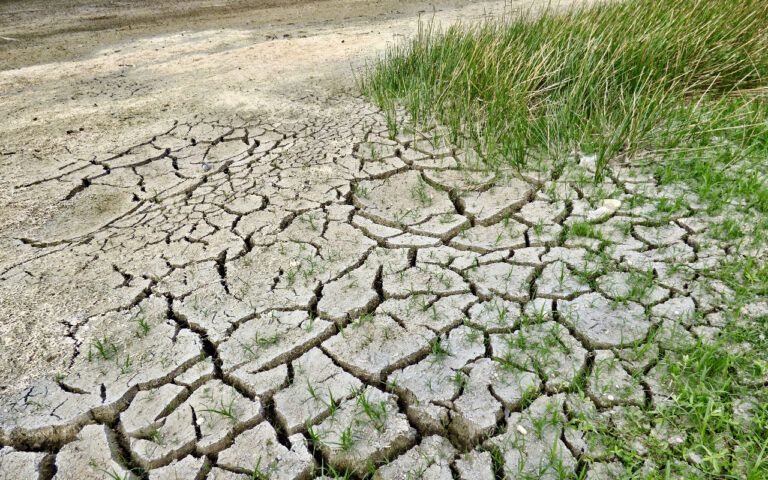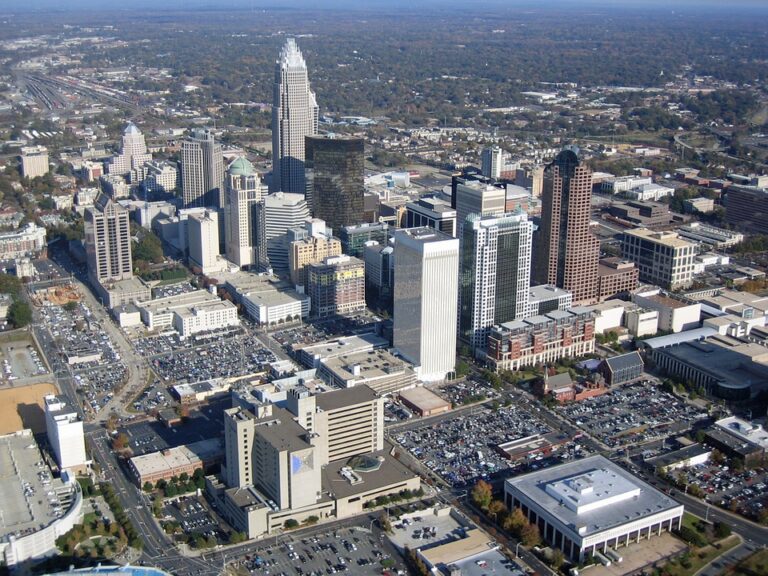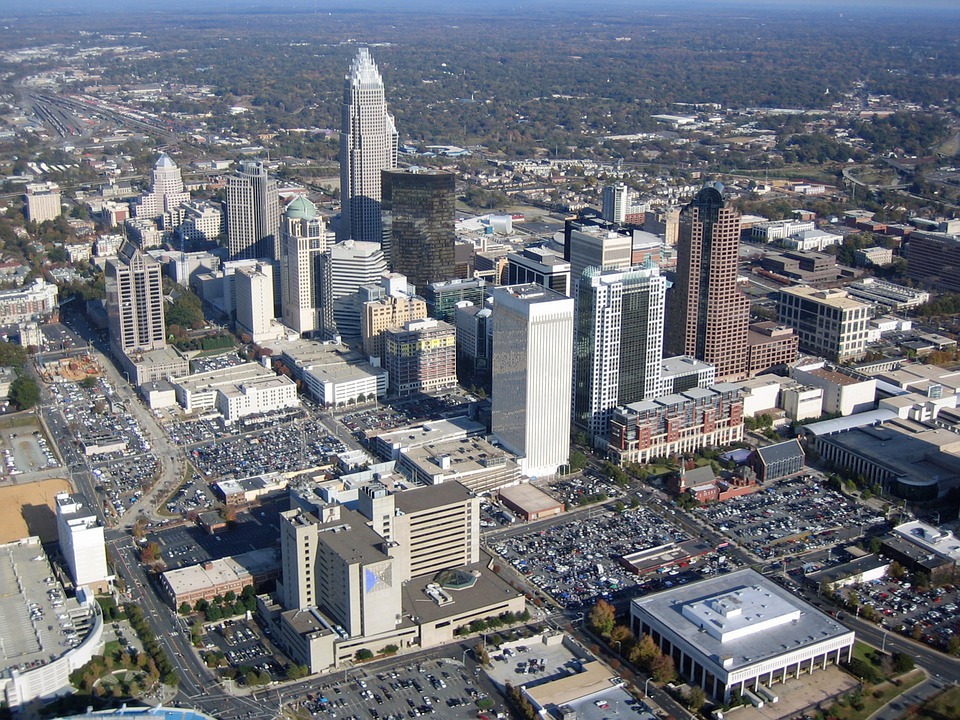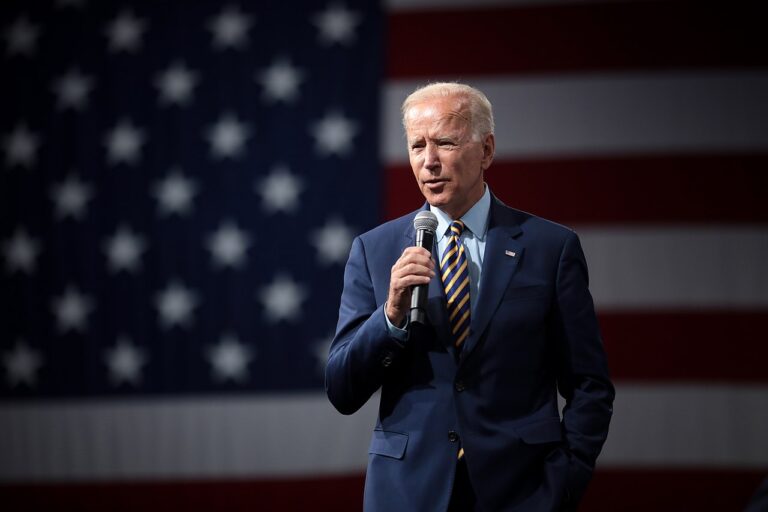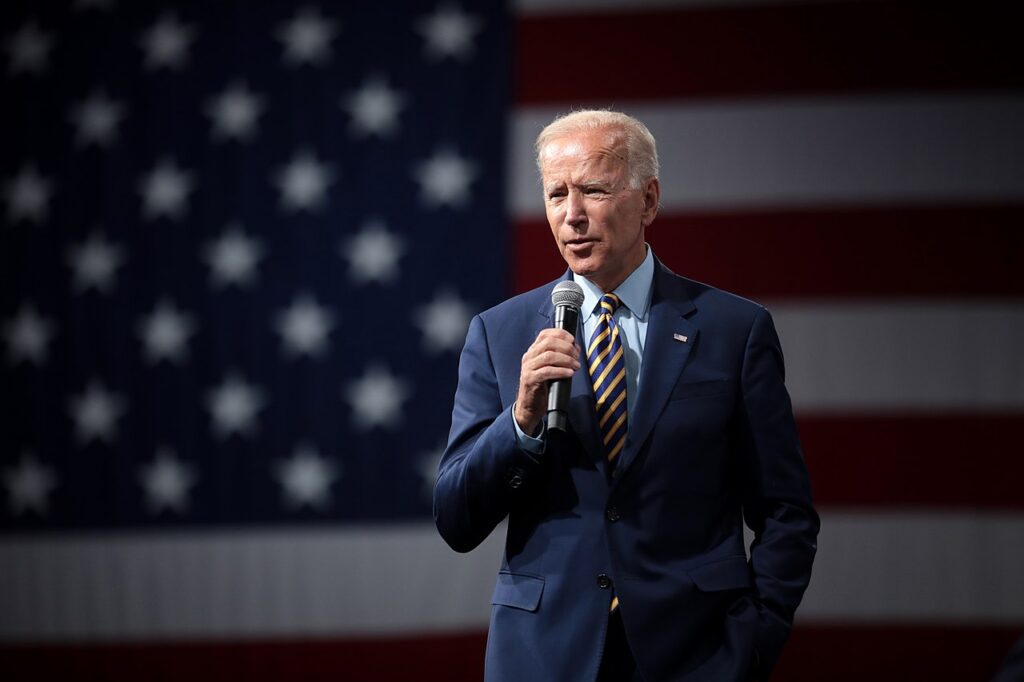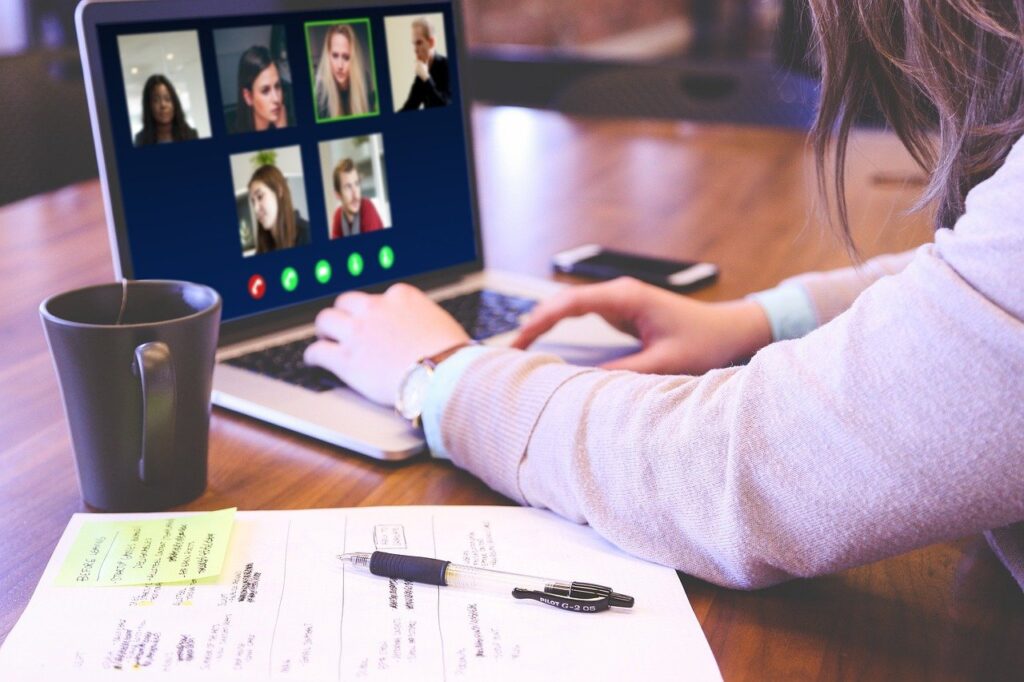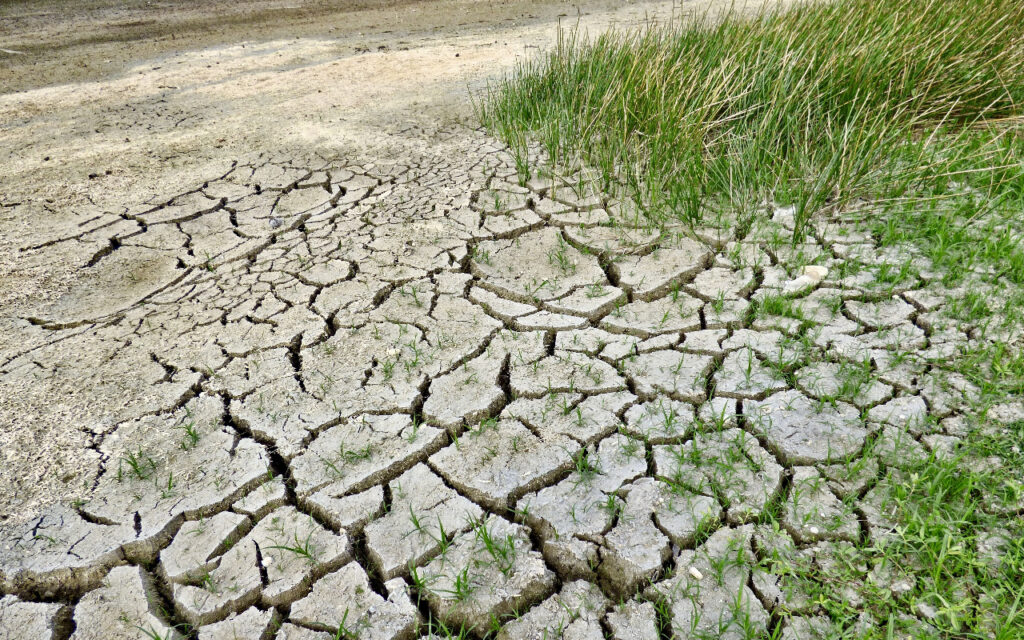
While the climate crisis poses an existential threat, there is a silver lining, as it also presents real economic opportunities to create jobs and raise living standards for people around the world, US President Joseph Biden said at the virtual meeting of the Major Economies Energy and Climate Forum.
Having travelled across the country over the past two weeks to witness the damage and destruction caused by unprecedented hurricanes, floods and wildfires, he stressed that the world is at a tipping point on climate, and that there is real consensus on the consequences of inaction.
In this regard, he said he is working to approve a historic investment to modernize the most climate-resistant infrastructures, as well as to build a clean energy future that creates millions of jobs and gives way to the new industries of the future.
As part of this effort, he said, the country has committed to reducing greenhouse gas emissions by 50 to 52 percent below 2005 levels by 2030, and by that year half of all cars sold in the nation are expected to be electric.
Massive flooding has occurred in Europe, Africa and the Americas, he said, while fires have ravaged Australia, the Amazon and the Russian tundra. And in Siberia, temperatures have reached 118° F (47° C) within the Arctic Circle.
"The conclusion of the new Intergovernmental Panel on Climate Change represents a code red for humanity. And the time to truly act is shrinking to a point of no return. We don't have much time," he stressed.
"So we have to act, all of us. We have to act, and we have to act now," he said in front of his counterparts and government representatives from 15 nations, as well as the Secretary-General of the United Nations, António Guterres.
He also thanked all those countries that have strengthened their contributions under the Paris Climate Agreement and have presented ambitious goals for 2030.
"Thanks to your leadership, countries representing more than half of the world's gross domestic product have committed to taking action that will keep us within reach of our joint goal of limiting warming to 1.5 degrees Celsius."
"But we know there is still a lot of work to be done in this climate crisis and, if anything, our work has become ‒in my opinion‒ more urgent."
Countries participating in the Forum account for 80 percent of global CO2 emissions.
"Without real commitment from all nations in this room, the goal of limiting warming to 1.5 degrees is slipping through our fingers. And that is a disaster."
In this regard, he said that by 2030 and in conjunction with the European Union and other partners, there is a Global Commitment on Methane to reduce global emissions of this gas by at least 30 percent below 2020 levels.
"Not only will this rapidly reduce the rate of global warming, but it will also produce valuable secondary benefits such as improved public health and agricultural production."
He added that support is already being mobilised for developing countries and for them to join together and commit to taking significant measures in this area.
“At this crucial juncture and as we begin a decisive decade, I would like to use this forum to build political momentum and consensus to drive concrete action in four key areas: energy, industry, land, and ocean.”
You may be interested in: Temperatures in the triple digits in Bay Area for weekend

